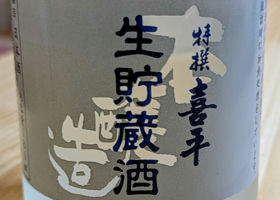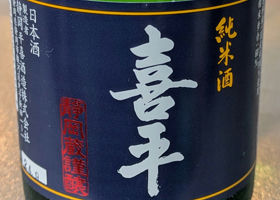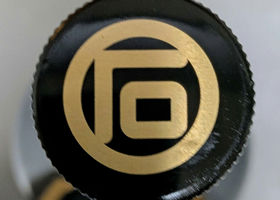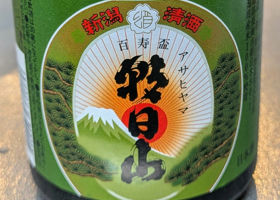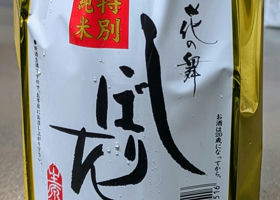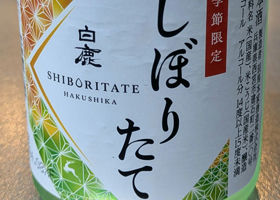
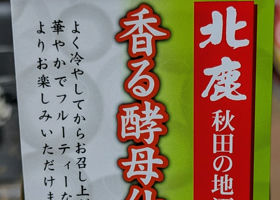

shiny.u
Clear in color.
Cold: Not much of a ginjo aroma, but it has a slight aroma and an apple-like flavor on the palate. The taste is robust, with sweetness, umami of rice, and dryness.
It is recommended to be drunk well chilled, and it is not good when it is lukewarm.
It tastes good for the cheap price.
Japanese>English









